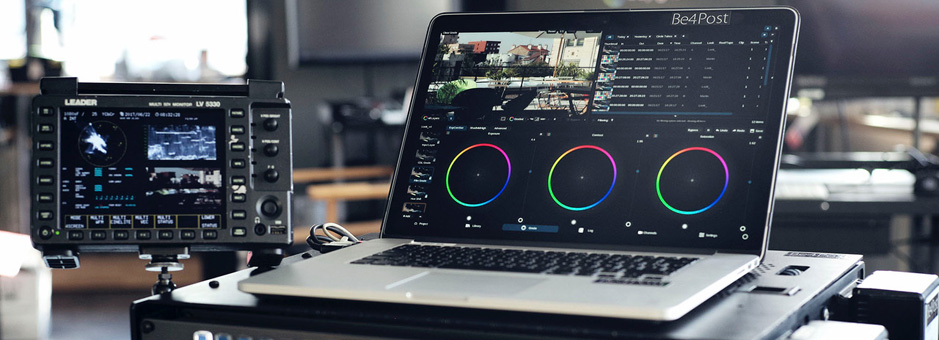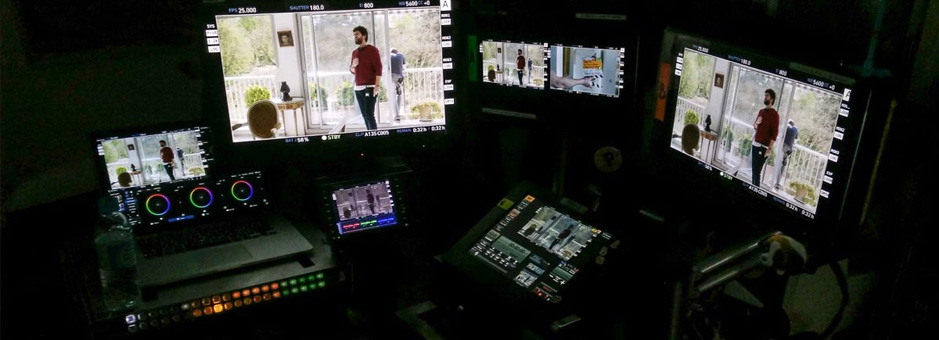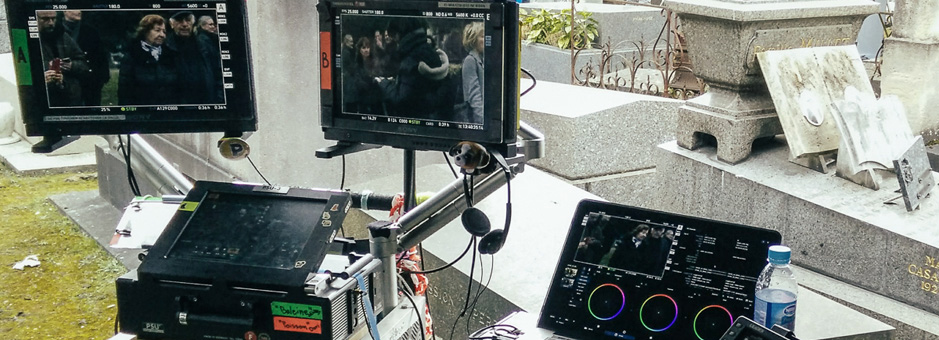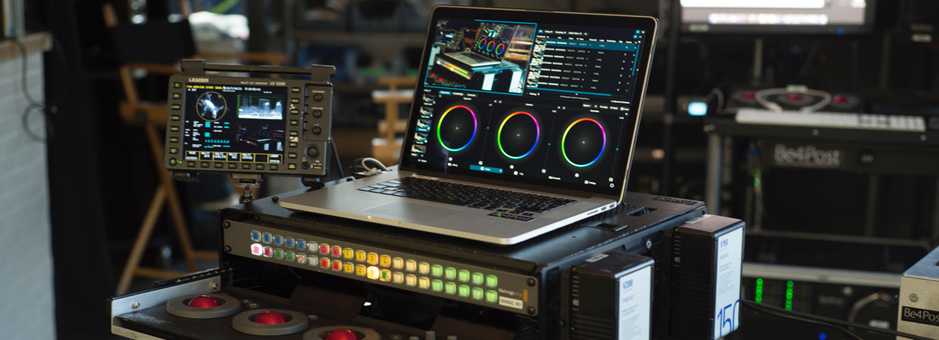Meet The DIT
Nejib Boubaker
Freelance DIT
After gaining a degree in cinema, Nejib Boubaker joined the Ecole Nationale Supérieure Louis Lumière, where he focused on colour science, writing his thesis about ACES.
Nejib is part of the new generation of DITs that became specialised in the field right after school. He first worked at DIT cart rental facilities to learn all about the technology that he would have to work with, then started to join set crews a few years ago.
We speak to him about his recent experience as DIT on the new Canal+’s original series ‘PARIS ETC.’ where he put Prelight through its paces.
Why did you choose Prelight for this project?
On this project, the post-production was completed over a short period of time, with just a few months between the end of the shooting and the broadcast of the TV series. So the director of photography, Antoine Roch (AFC), wanted to start the grading process on set. He got in touch with me, mentioning that the final grade would be done at Le Labo in Paris, using the Baselight grading system.
Even though it was still in beta at the time, I suggested using Prelight for two main reasons.
Firstly, it meant we could use exactly the same colour spaces and DRT as chosen by Le Labo. This meant that with Prelight, we could be completely confident that the on-set monitoring would be identical to the grading room projection. It also meant that the colourist would be applying his grades in the same working colour space as us, which is essential to exchange grading values between set and post-production properly.
Secondly, it also allowed us to use the BLG file exchange between Prelight and Baselight. BLG files contain all the layers of colour corrections for each shot, and all the grading values can be modified or removed by the colourist, including shapes and keyers. There is nothing destructive in those files, and there is also no creative limit. So I could deal with any requests from the DoP on set, knowing that this work would be usable by the colourist later on.
So CDLs or LUTs would not have been sufficient?
The CDL is too creatively restricted.
Antoine Roch used warm filters - Maui Brown, Classic Soft, Glimmer, Glimmer Bronze - on most of the shots. He was not just interested in getting a warm image but also by the impact those filters would have on the render of the various shades and textures of the image, after a white balance. The image that was being shot was never intended to be visualised without a first grade.
It also permitted him to visualise the render of each filter in the context of a grade on set, and to validate the grade that would then been sent down the chain, including editing.
I used the Hue Shift operator to correct the saturation or the hue of a colour, without having to define a key or create a shape. This is a very fine tool. There were some sequences outside where I could work on the leaves of trees in just a few clicks - those types of corrections cannot be saved in a CDL.
Also, to be useful, the on-set grading needs to be easily modifiable in post-production. Not being able to change colour grading values separately in a LUT was a limitation not suitable for our objective. The colourist can only decide to apply a LUT or not; there is no separation, for example, between a first layer of technical grading - white balance, exposure, contrast - and another layer of a more creative grade - hue control, saturation.
Antoine Roch wanted the work on set to be re-used as much as possible within Baselight. So even though Prelight is compatible with CDL and LUT workflows, we had to use the BLG format to avoid those limitations.
Why is it important to grade in the same working colour space?
Le Labo defines a colour spaces workflow for each project with their colourist.
One of the key decisions here was the use of ACES: Cineon Log / AP0 as the working colour space. It is in this colour space that the grading is applied. This working colour space is scene-referred; which means it has an amplitude much larger than a traditional display-referred colour space, like Rec.1886, so it is a considerable benefit for the grade to be applied in a scene-referred colour space.
Le Labo gave us all the colour spaces and DRT settings for the project ahead of time, and we selected them in Prelight in just a few clicks. There was no need for LUTs, everything was included and automatic.
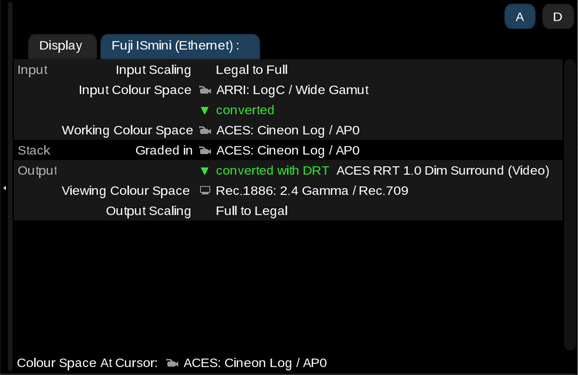
As each colour space gamut is different, the same grading value will have a different appearance depending on the working colour space that is selected. Not using the same working colour space is a guarantee that the on-set grading cannot be reused later on without extra conversion steps.
What was the workflow like on-set?
I used a first cart, designed by the French rental facility Be4Post, for the live grading. It works on battery, and is built around a 15 inch MacBook Pro, two ISmini LUT boxes and a Sony SDI Monitor. It was a very light configuration, but still had the grading panel and video switchers integrated into it.
I was grading with Prelight and discussing the grade with Antoine Roch to collect his feedback. During the shooting, a ‘look’, essentially one set of grading data, was automatically saved for each shot, with the associated metadata. I could also enter the metadata manually when the ANC data was not sent to Prelight through the SDI signal.
The footage was shot over fifteen weeks in total. When it was over, I exported BLG files, one per shot, onto SD cards.
We also had a second, larger cart, based around a Mac Pro with two D700 GPUs. The Mac was running Daylight software with a Tangent Element control panel so I had real control over the look. The cart – was by Innovativ – also had AJA connectivity and storage from Promise.
I used this to import the content of the cards into Daylight, and then applied the grade from the BLG files straight on the shots. We used two calibrated Sony PVM A250 monitors for fidelity. I could then modify the grade, apply it to other shots, and so on. That way I could check the overall grade of each sequence that had just been shot, before exporting DNxHD and ALE for editing, and DNxHD, ALE, BLG and PDF report for Le Labo.
Due to the duration and the intensity of the shooting, I had an assistant to handle the data tasks.
We did shoot the make-up tests using this workflow, and validated the whole chain by a screening at Le Labo. The shooting was completed late May 2017; the final grade was done over the summer.
Join In
If you want to participate in our MTC programme, we'd love to hear from you. Contact:
Alexa Maza
e: [email protected]
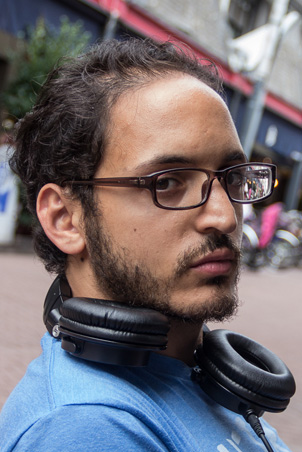
“There is nothing destructive in the BLG files, and there is also no creative limit. So I could deal with any requests from the DoP on set, knowing that this work would be usable by the colourist later on.”
Details
Colourist: Nejib Boubaker
Role: Freelance DIT




